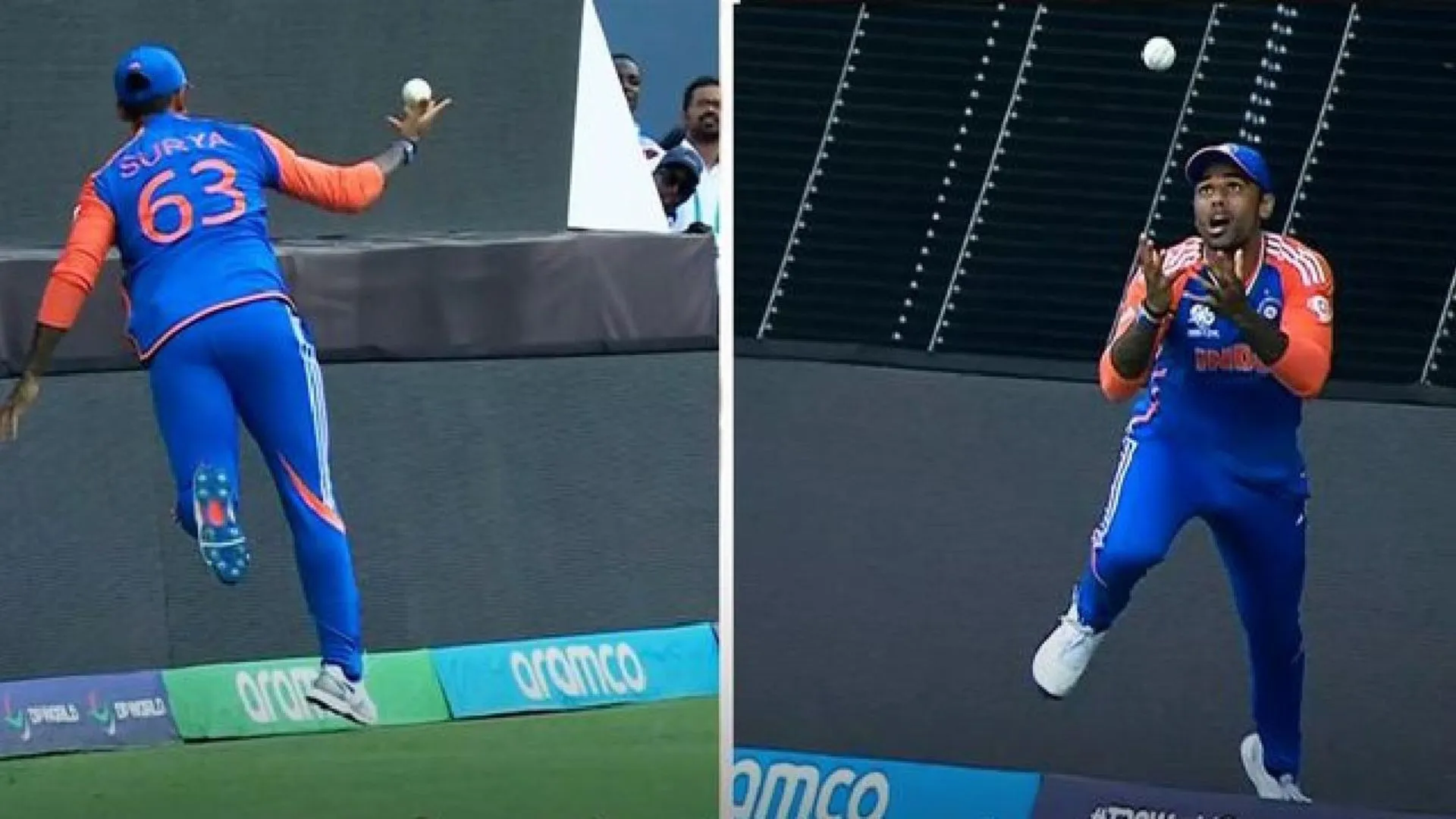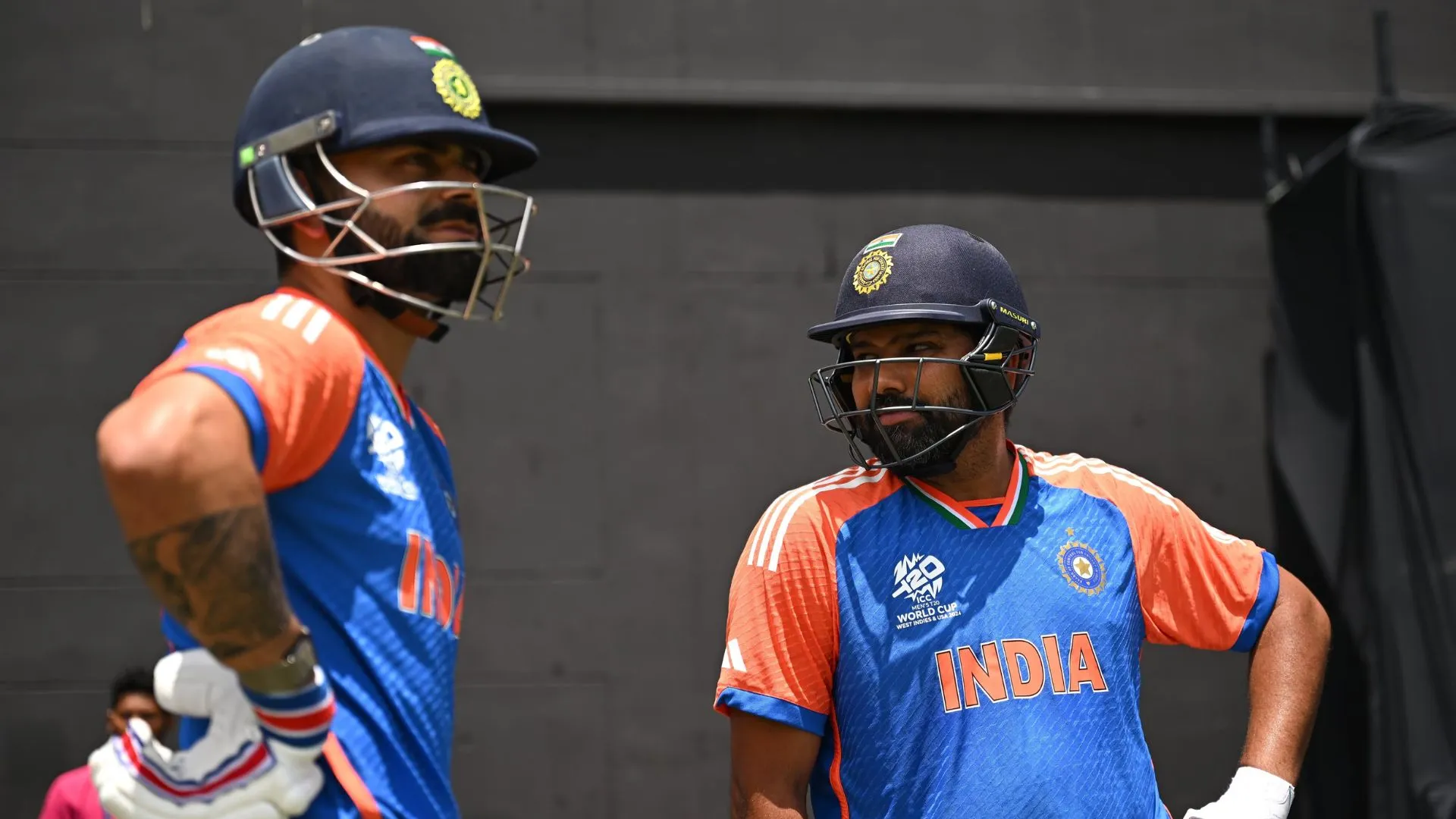The International Cricket Council (ICC), in consultation with the Marylebone Cricket Club (MCC), has introduced a major modification of cricket laws — banning the now-infamous ‘bunny hop’ boundary catches. This revision will be included in ICC’s playing conditions from June 17, 2025, while the MCC’s governing laws will add the change from October 2026.
Why the Bunny Hop Catch Is Now Illegal
The change in law has a direct bearing on fielding methods in which players leap over beyond the boundary mark and touch the ball in mid-air before re-entering the field to effect the catch. While breathtaking, such dismissals — as pulled by Michael Neser in BBL 2023 and Tom Banton (with a contribution from Matt Renshaw) in 2020 — will be deemed illegal as soon as the new law is enforced.
In an MCC note to member boards, it is said, “While the current law saw some spectacular fielding moments, it also saw some unorthodox-looking catches that, to most of the cricketing public, are considered unfair.”
Neser’s Catch Prompted Debate
The MCC used Neser’s questionable dismissal of Jordan Silk, explaining how he “bunny hopped” over the rope before finishing the catch inside. While within the law as it stood, the action “seemed like the fielder had — quite literally — overstepped,” the note said.
Those instances raised questions among supporters and insiders, leading to a review of Law 19.5.2, which hadn’t been updated since 2010.
What the New Law Says
Under the new phrasing, any fielder who makes a second touch of the ball having leaped from outside the rope must be grounded inside the area of play before any subsequent involvement in the delivery. Otherwise, a boundary will be given.
MCC has come up with a new terminology where ‘bunny hop’ completely outside the boundary is eliminated,” the note states. “But such catches where the fielder shoves the ball up from within the boundary, moves outside and then scoops inside to catch the ball, are allowed.
That is, the fielder is only given a single opportunity of touching the ball in mid-air from airborne leaps outside the rope. After that point, all future actions need to take place within the playing field.
Rule Also Affects Relay Catches
The new rule will also be applied to relay catches. When a fielder deflects the ball in mid-air when out of the rope and does not get back in before the catch is made — even by another player — the attempt will be considered a boundary.
“Even if the ball is deflected — to another fielder or within the field of play — if the fielder goes beyond the boundary, or later steps over it, then a boundary will be run,” explained the MCC.
They added, “To clarify, that is one opportunity, and only one opportunity, for the fielder to make contact with the ball after leaping from beyond the boundary. Once that is passed, the boundary is a solid line.”
When Will the New Rule Take Effect?
The updated boundary rule will be enforced from June 17, 2025, coinciding with the start of the new World Test Championship (WTC) cycle — beginning with the Sri Lanka vs Bangladesh Test in Galle. The MCC will formally include the rule in its Laws of Cricket from October 2026. This overhaul aims to eliminate ambiguity and preserve fairness in fielding efforts near the boundary.
The ICC and MCC have been firm in rejecting the contentious ‘bunny hop’ method of catches at the boundary, more bringing cricket rules into line with the public’s idea of fairness. Admiration for the athleticism involved was tempered by the updated law: the boundary is now a hard line — literally and according to law.























